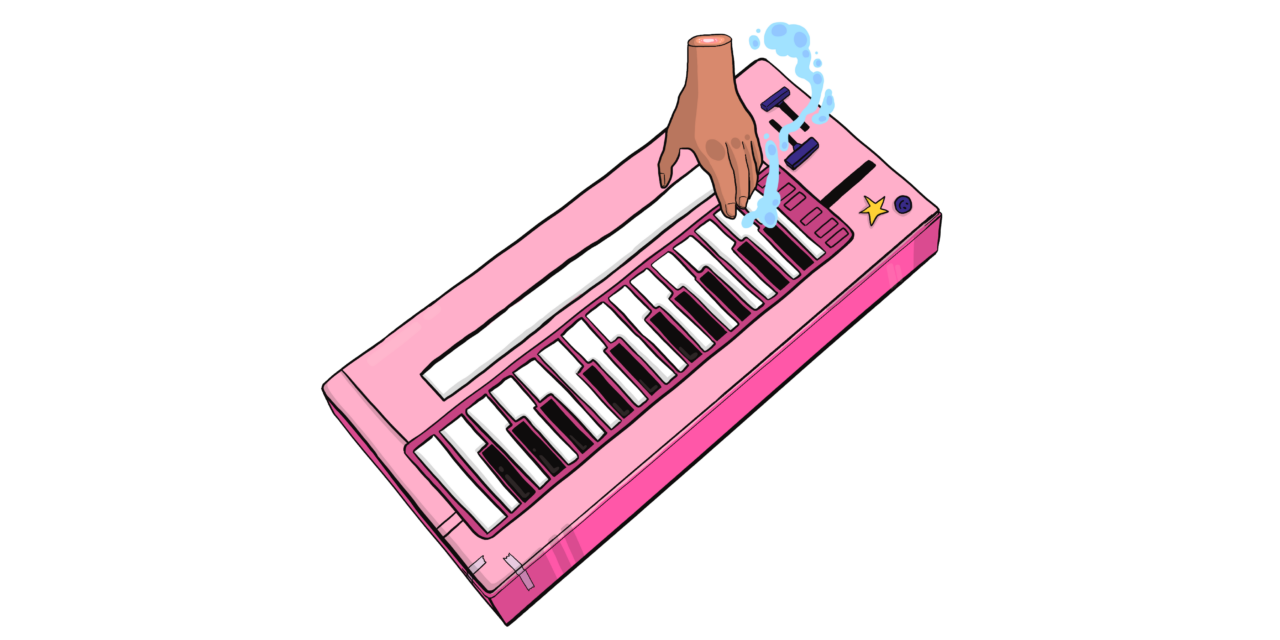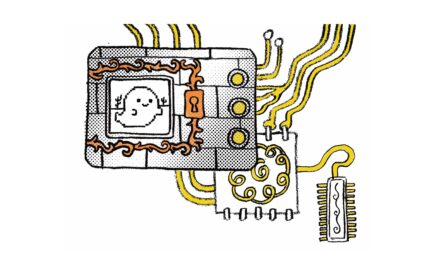An Advice Column that fiddles about feelings to untangle some of your questions about sex, relationships, bodies and intimacy.
What can I do if I’m lovesick?
There’s good news and bad news: we’ve almost all experienced heartbreak – and: we’ve almost all experienced heartbreak. We are unhappy in love, argue with our dearest friends, break up with our long-term romantic relationship, move to new places or leave our summer fling behind. Small and big heartaches are part of the changing life. A cracked or broken heart can have profound effects – studies show that our brain/body/mind react the same way to heartbreak as it does to a death. Heartbreak is possible at any age and at any stage of life – from a brief childhood crush to a retirement home love story.
Pedaling through the city full of rage, staying in bed in pain for a day, endless conversations in your own head, relief after endless conversations in real life, melancholy strolls through places of remembrance, panic or hope to meet the ex-person somewhere by chance or spontaneously having a crying fit while we actually just wanted to do the laundry. All of these and many other feelings are normal. Lovesickness has many phases. Feeling the emotional rollercoaster is the medicine for the emotional (and sometimes very physical) pain. Here we need different strategies depending on the feelings that are the order of the day (it is not unusual for the feelings to change a little every day). So, what should you do if you or your close friends are feeling heartbroken?
Here is a small, incomplete list of good strategies for inspiration:
● Talk about it
● Crying
● Start a new hobby
● Dancing
● Reading
● Going on excursions
● Invite yourself to dinner or cook
● Watching a series
● Laughing
● Meeting old friends
● Making new friends
● Sport
● Going for a walk
● Meditate
● Taking time for solo sex
● Playing cards
● Writing a diary
● Dates?
● Crafting or making pottery
● Vacation or travel
● Buy yourself flowers
● Write a letter to the lovesick person and don’t send it
● Going to the forest
● Redecorating the apartment
Some strategies are more of a “distraction” type, such as going on trips, playing or taking up a new hobby. These are important so that you realize: “Ah, my life is nice and I can also experience nice things – without the person I’m heartbroken about.” Sometimes forgetting the pain, having fun and feeling light-hearted is very valuable during periods of heartache. It is just as important to face the painful feelings – because the only way out is going through the pain. Feelings only disappear when we feel them (please spread the word if possible).
This way of “feeling feelings” includes, for example, meditating, crying, talking about it or writing in a diary. For many activities, it depends on the attitude: Going dancing with friends is perhaps more of a “distraction”, while turning on a song at home that suits your current mood (angry, sad, melancholy, etc.) and dancing probably falls more under “feeling feelings”. In any case, it’s important to find a balance between these two aspects (distraction/allowing feelings) – many people find it easier to do one or the other (do you know the kind of person who prefers to spend months just burying themselves at home – or the kind who immediately throws themselves into new dates and adventures?) Change your heartbreak strategies as if you were playing an instrument: Instead of always pressing the same key(s), try alternating as many notes as possible so that a subtle melody emerges. Tip: Write (or draw) your strategies on a piece of paper. Put it somewhere where you will see it every day. On some days, we need a reminder of what is good for us.
Why do some strategies work better than others? Lovesickness is a kind of stress. There are ways of dealing with the physical, mental, and emotional reactions to this stress that work particularly well. Emily Nagoski calls them “ways to complete the stress cycle”. The most effective way to deal with emotional stress is to get it moving. This means walking, dancing, exercising, stretching, running, cycling, or even contracting all your muscles for 20 seconds and then shaking them out. Other things that work well:
- Breathing (especially belly breathing and a long exhale. Exercise: Inhale slowly to 5, hold 5 breaths, exhale 10, hold 5 – and start again)
- Crying (also with sobs. Attention: find the right moment here to let the crying fade away)
- Laughing
- Affection (e.g. 20-second hugs)
- Creative activities (such as painting, drawing, writing, music, etc.)
Alcohol, drugs, fast driving, lots of blunted sex or other strategies that try to suppress or overshadow feelings usually don’t work well in the long term – they store stress and feelings in the body. If these are not processed, they will keep coming up; and in the worst case scenario, lead to more risky behavior. That’s why it’s best to remember the metaphor with the melody and look at the cheat sheet when you feel stuck.
Last but not least, there are two important “remedies” for heartbreak. Firstly, the relationship with yourself. Strengthening your relationship with yourself can look different – listen to yourself (preferably as lovingly as you listen to your favorite people). This can mean inviting yourself to the movies, a museum or an adventure alone. Or becoming aware of your own needs, wishes and goals and writing them down. It can also mean cultivating qualities or aspects of the person/relationship you have lost with/to yourself. Example: If you liked the ex-person for their thoughtful birthday gifts or always having a smart joke ready, you can cultivate these qualities in yourself and integrate them into your existing relationships.
The second secret ingredient is out of your control (sorryyy to say): time. Wounds need time to heal – even if we don’t (want to) scratch them open again. Some heartbreaks last a few hours, some a few years and others come back every few years. Here you may need the strategy of patience. With yourself and with life.
Sources and book tips
● Book: “Burnout: Solve your Stress Cycle” by Emily & Amelia Nagoski
● Book: “Polysecure” by Jessica Fern (see chapter 9 on secure attachment to yourself)
You’ve got questions?
feelings@queer.lu
Illustration: Lynn Kelders
Article translated from German





